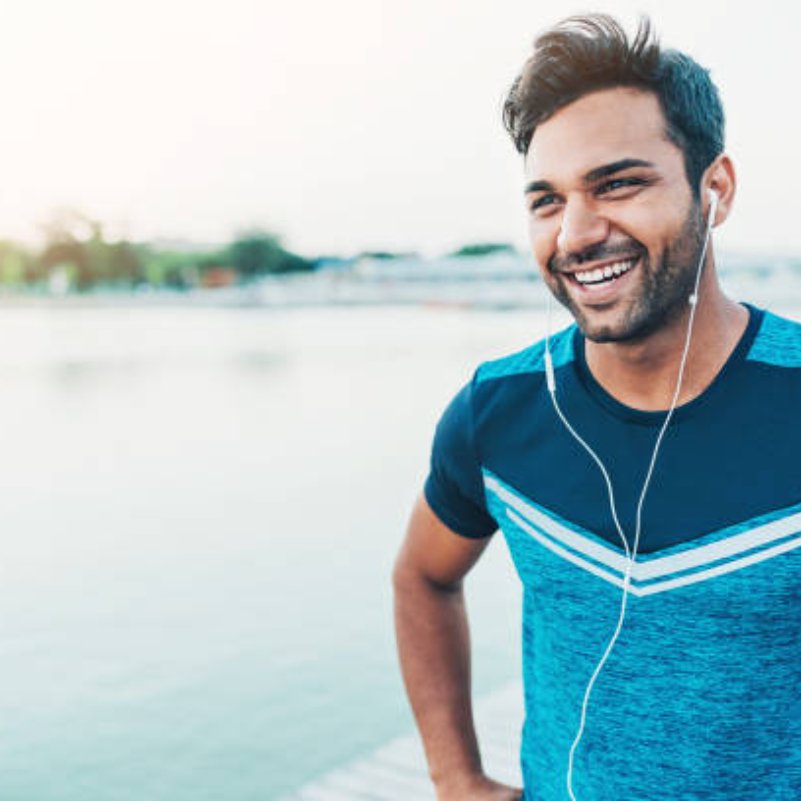Consider the Material:
The material of your sportswear is the first thing to consider. The right material can help regulate your body temperature, wick away sweat, and prevent chafing. Synthetic materials like polyester and nylon are popular choices because they are lightweight, durable, and moisture-wicking. Cotton, on the other hand, is breathable and comfortable, but it tends to retain moisture, making it a poor choice for high-intensity activities.If you're looking for sportswear that will keep you cool and dry, consider fabrics with moisture-wicking properties. Look for materials like CoolMax, Dri-Fit, or ClimaLite, which are designed to wick away sweat from your skin and evaporate it quickly. This will help keep you dry and comfortable during your workout.
In addition to the material, you should also consider the weight and thickness of the fabric. For activities like running or cycling, lightweight and breathable fabrics are ideal. For activities like skiing or snowboarding, thicker and warmer fabrics are necessary to keep you warm and dry in colder conditions.
Choose the Right Fit:
The fit of your sportswear is just as important as the material. Clothing that is too tight can restrict movement, while clothing that is too loose can get in the way or cause chafing. You want your sportswear to fit snugly but comfortably.When trying on sportswear, make sure to move around in it to see how it feels. You should be able to move freely without feeling restricted or uncomfortable. Pay attention to areas like the shoulders, arms, and waist to ensure a proper fit.
The type of activity you'll be doing should also be considered when choosing the fit of your sportswear. For example, for high-intensity activities like running, cycling, or weightlifting, you'll want sportswear that is more form-fitting to reduce drag and improve aerodynamics. For lower-intensity activities like yoga or pilates, looser clothing may be more comfortable and allow for a full range of motion.
Consider the Type of Activity:
The type of activity you'll be doing should also be considered when choosing sportswear. Different sports and activities have different requirements when it comes to clothing. For example, if you're going for a run, you'll want to wear clothing that is lightweight and breathable, while also providing support and comfort. Running shorts or leggings with a moisture-wicking shirt or tank top would be a good choice.On the other hand, if you're playing basketball, you'll want clothing that is loose and allows for a full range of motion. Basketball shorts and a tank top or t-shirt would be a good choice. Consider the requirements of the activity and choose sportswear that will allow you to perform at your best.
Don't Forget About Accessories:
Accessories can also play a role in your performance and comfort during workouts. For example, the right pair of socks can prevent blisters and provide extra support. Compression sleeves can help improve circulation and reduce muscle soreness.When choosing accessories, consider the needs of your specific activity. If you're going for a run, you might want a hat or headband to keep sweat out of your eyes. If you're doing yoga, a yoga mat and comfortable yoga socks can make a big difference.
Read also : Elevating Your Fitness Game with Top-Quality Sportswear

